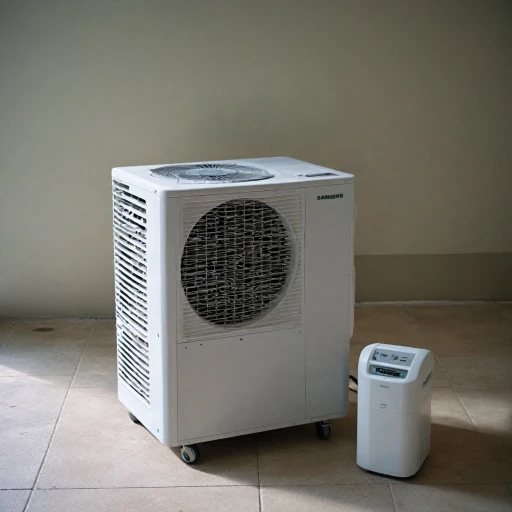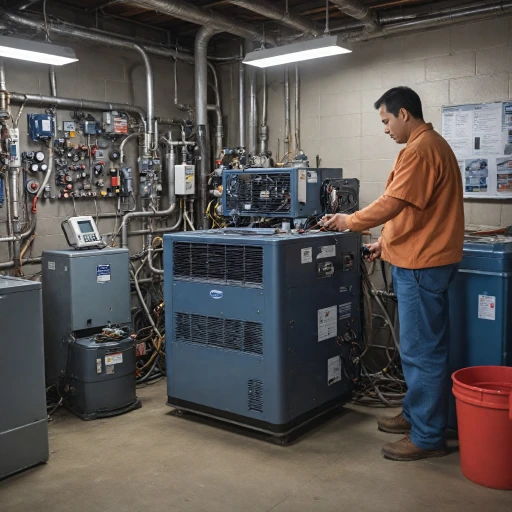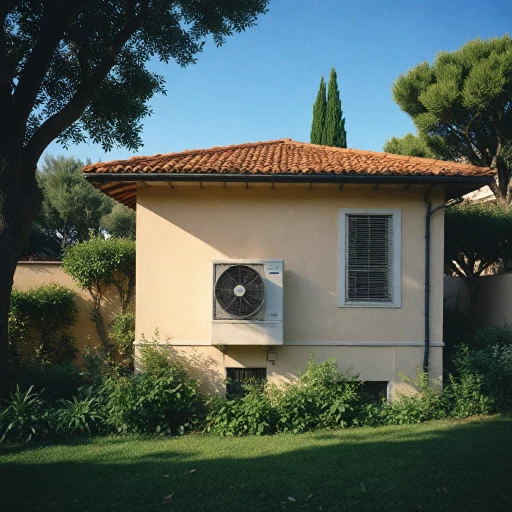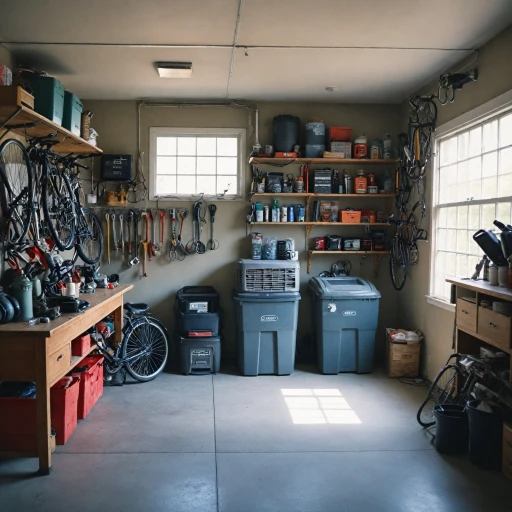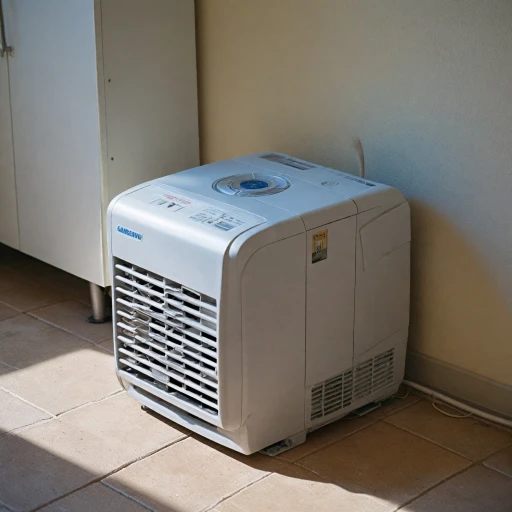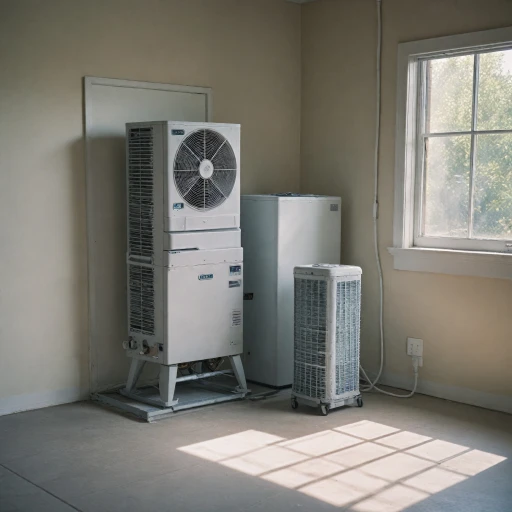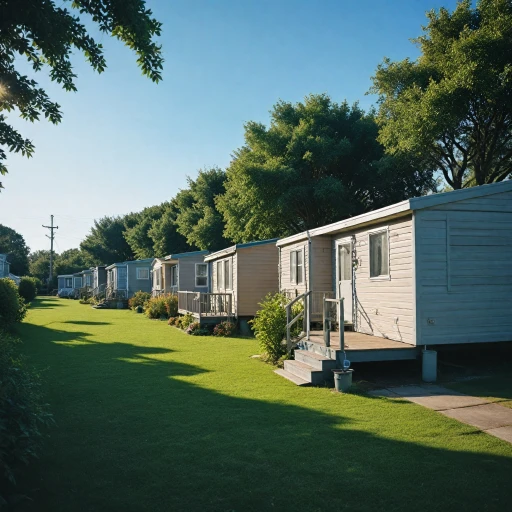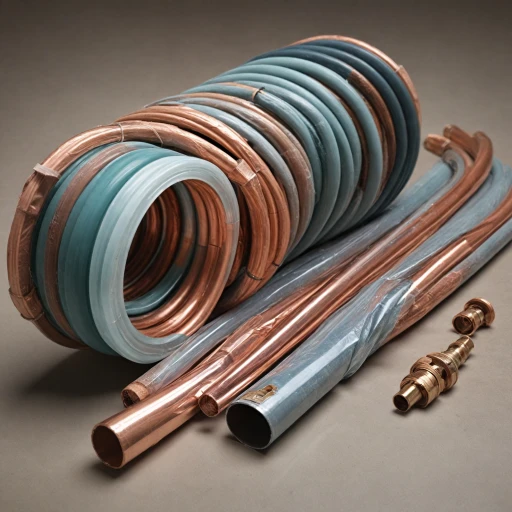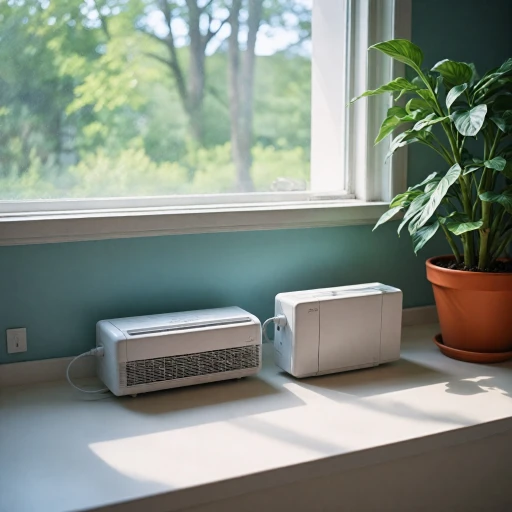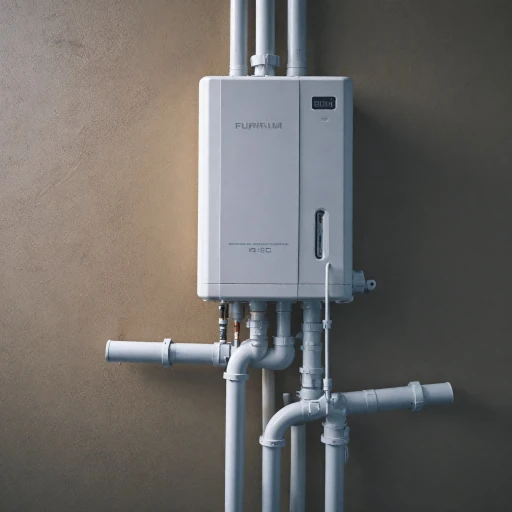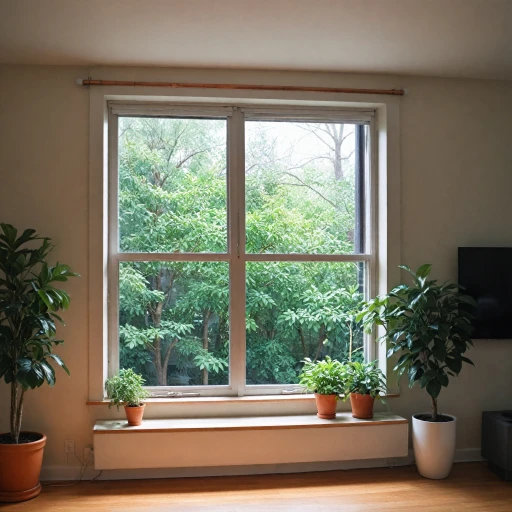
The Basics of Portable Heat Pumps
When it comes to managing both heat and cooling needs, portable heat pumps stand out as versatile solutions, functioning as both air conditioners and heaters. Unlike traditional air conditioning units, these compact devices combine the functionality of heating and cooling, providing convenience and space-saving benefits.
What Makes Portable Heat Pumps Unique?
Portable heat pumps are designed to adapt to various climate conditions by alternating between heating and cooling modes. They effectively transfer heat from one place to another, utilizing a refrigerant cycle to either expel heat from a room or bring warmth into it.
One of the core features of these units is their condensate removal system. This system deftly manages the excess moisture produced during operation, ensuring that the internal components remain in good working condition. In comparison to standard air conditioners, portable heat pumps must handle both condensate water and ice buildup, making efficient drainage crucial.
Ensuring Efficient Performance
A significant part of maintaining a portable heat pump involves proper drainage. As these systems operate, they produce condensate water, which needs to be effectively drained to prevent overflow and maintain functionality. Depending on the model, portable heat pumps can utilize different drainage methods, including a condensate pump, a drain hose, or a water tank.
Managing the condensate is not just about removing water; it's about ensuring efficient operation and avoiding common drainage problems. It becomes imperative to understand the type of drainage system integrated within the unit, as this will determine the maintenance requirements and help troubleshoot any issues that arise during prolonged use.
The Importance of Proper Drainage
Significance of Effective Moisture Control
Ensuring efficient drainage in portable air conditioners and heat pumps is crucial for optimal performance. The main goal is to effectively manage the excess moisture extracted from the air during the cooling or heating process. When these portable units pull in warm air, they simultaneously dehumidify it, collecting the condensate water in the process. Over time, this water must be drained to prevent any water damage or mechanical issues.
Proper drainage not only extends the lifespan of the unit but also prevents the risk of mold and mildew, which thrive in moist conditions. This is especially important in humid climates where air conditioners and heat pumps are in constant use. A well-maintained drain system also enhances the cooling efficiency and helps to maintain a consistent indoor temperature.
Moreover, portable units with inadequate drainage can experience problems such as water leakage, frequent shutdowns due to a full water tank, or damage to internal components. By understanding the role of an AC condensate pump in portable air conditioners, users can better appreciate the importance of maintaining a sound drainage system. Read more on the critical role of condensate pumps to get a deeper insight into how these components keep your portable air conditioning units running smoothly.
Types of Drainage Systems in Portable Heat Pumps
Exploring Drainage Systems in Portable Heat Pumps
Understanding the different drainage systems in portable heat pumps is essential for ensuring efficient operation and maintaining optimal performance. Efficient drainage not only helps to prevent the build-up of excess moisture inside the unit but also plays a vital role in maintaining air quality. There are essentially three main types of drainage systems utilized in portable air conditioners and heat pumps:- Manual Drainage:
- Gravity Drainage:
- Condensate Pumps:
How to Maintain Your Portable Heat Pump's Drainage System
Maintaining Optimal Drainage for Your Portable Heat Pump
Ensuring efficient drainage in your portable unit is crucial for its performance and longevity. Proper maintenance of the drainage system helps prevent excess moisture build-up, leading to mold and odor issues. To keep your portable heat pump functioning optimally, follow these maintenance tips:- Routine Cleaning: Regularly clean the water tank, drain hose, and any drain pumps involved in condensate removal. Remove any debris or buildup that could obstruct water flow.
- Check for Leaks: Inspect all connections, including the hose and exhaust connections, for signs of leaks. A tight seal ensures that condensate water is directed correctly to the drain.
- Monitor for Ice Build-Up: In the heat pump or cooling mode, ice formation can indicate that moisture is not draining adequately. If detected, allow the unit to thaw and clean any frozen sections.
- Ventilation: Ensure that the exhaust hose is properly positioned and ventilated. This step is vital for effective air conditioning and preventing blockage in drainage systems.
- Regular Tank Emptying: If your portable air conditioner or heat pump doesn’t self-evaporate completely, empty the condensate tank frequently to avoid water overflow.
Common Drainage Problems and Solutions
Addressing Frequent Drainage Issues
When managing a portable air conditioner's drainage, users often encounter some common issues. One prevalent problem is the overflow of water due to an improperly maintained tank. Regular checks can prevent this by ensuring the tank is neither overly full nor ignored in its maintenance.
Troubleshooting Drainage System Blockages
Blockages in the drain hose can significantly impact the efficiency of your air conditioning unit. Checking for kinks or blockages ensures that the condensate water is expelled effectively. Regularly inspect and maintain the hose to manage any buildup of ice or debris.
Condensate Pump Failures
The functionality of a condensate pump is critical in drainage efficiency. If faults occur during operation, the unit might not drain properly, leading to water accumulation. Ensuring the pump is operational by listening for unusual noises or vibrations is important. Conduct periodic assessments to safeguard against failures.
Preventing Moisture Retention in Portable Units
Excessive moisture can accumulate if a drainage system is not functioning optimally. Users can prevent issues by manually draining the tank or opting for units that offer a fully automatic draining mode. Such features enhance the experience by reducing manual labor while ensuring efficient moisture management.
Continuous Drainage System Alternatives
For those seeking to avoid the hassle of manual intervention, opting for a continuous drainage system can be beneficial. This setup utilizes the power of drain pumps to remove water consistently, channeling it through an exhaust hose for effortless operation.
Choosing the Right Portable Heat Pump for Your Needs
Factors to Consider When Selecting a Portable Heat Pump
Choosing the right portable heat pump for your needs involves taking several factors into account. This will ensure you're selecting a unit that not only provides efficient cooling and heating but also effectively manages drainage to avoid any issues.- Cooling and Heating Capacity: Ensure that the portable unit you choose has sufficient cooling and heating capacity to meet your space's requirements. Consider the BTU rating, which indicates how effectively the unit can manage air conditioning and heating.
- Drainage System: Look into the types of drainage systems available in portable heat pumps. Some units come with a built-in condensate pump for automatic water removal, while others may rely on manual draining. Understanding your preference for a condensate removal method is essential.
- Ease of Maintenance: Maintaining a portable air conditioner, particularly its drainage system, is vital for optimal performance. Consider how easy it is to access the water tank, drain hose, and other components for routine maintenance.
- Portability and Installation: The ease with which you can move and set up the unit in different locations is critical. A portable air conditioner's exhaust hose, and the design should facilitate easy mobility and installation.
- Energy Efficiency: Look for units that offer energy-saving features. Efficient heat pumps can reduce power consumption while providing effective temperature regulation.
- Climate Considerations: If you live in an area with high humidity, a unit's ability to manage excess moisture effectively is important to prevent issues related to excess condensate water.

